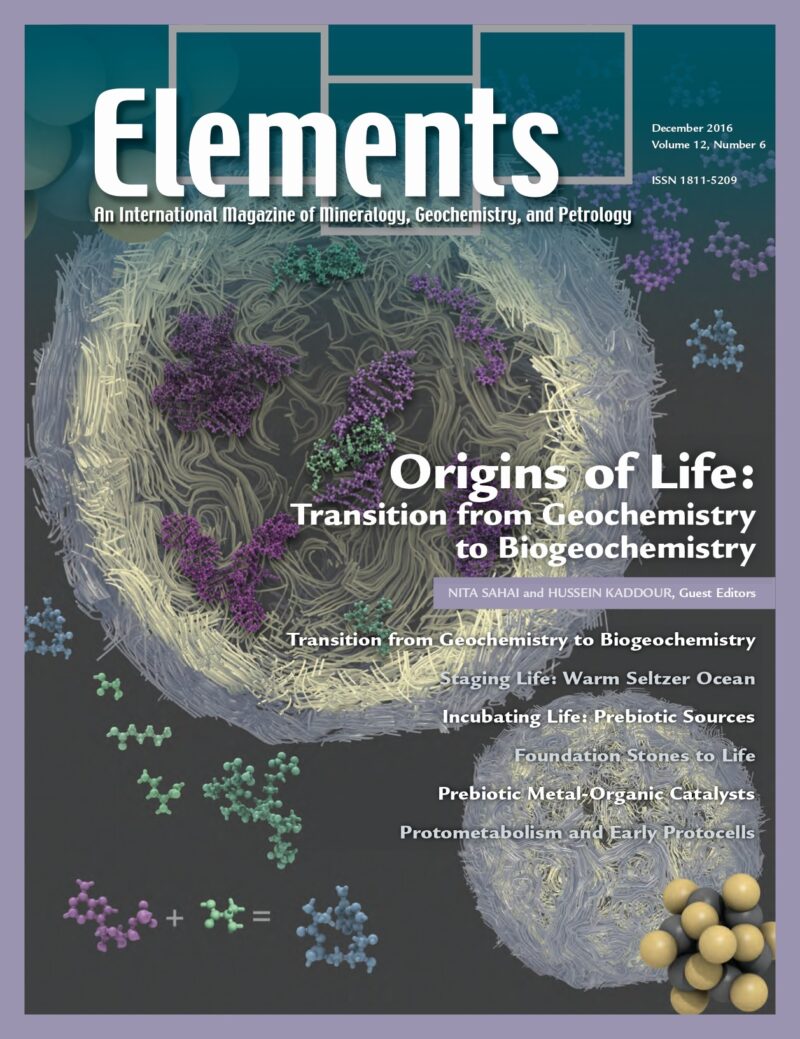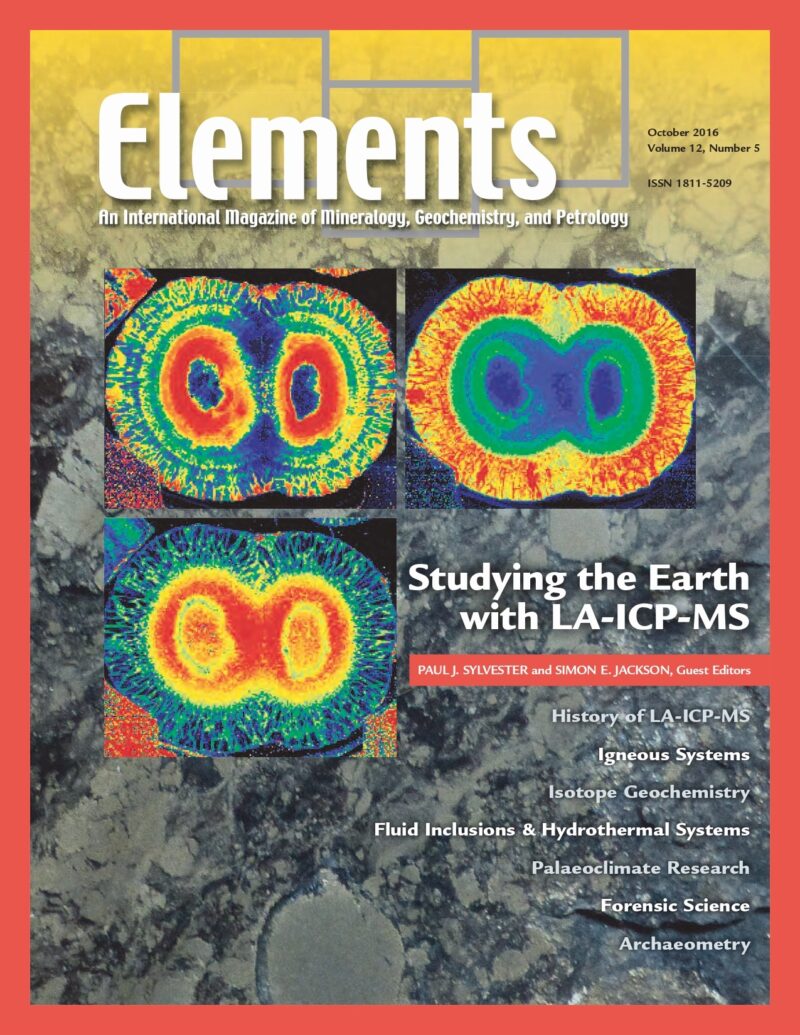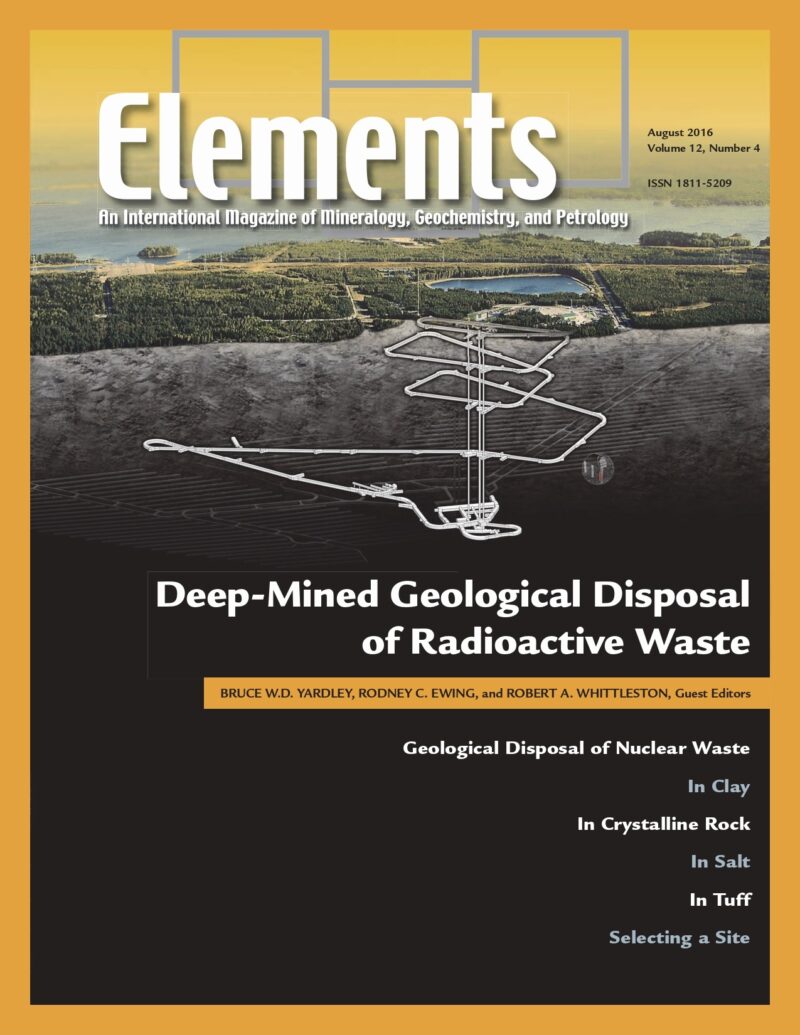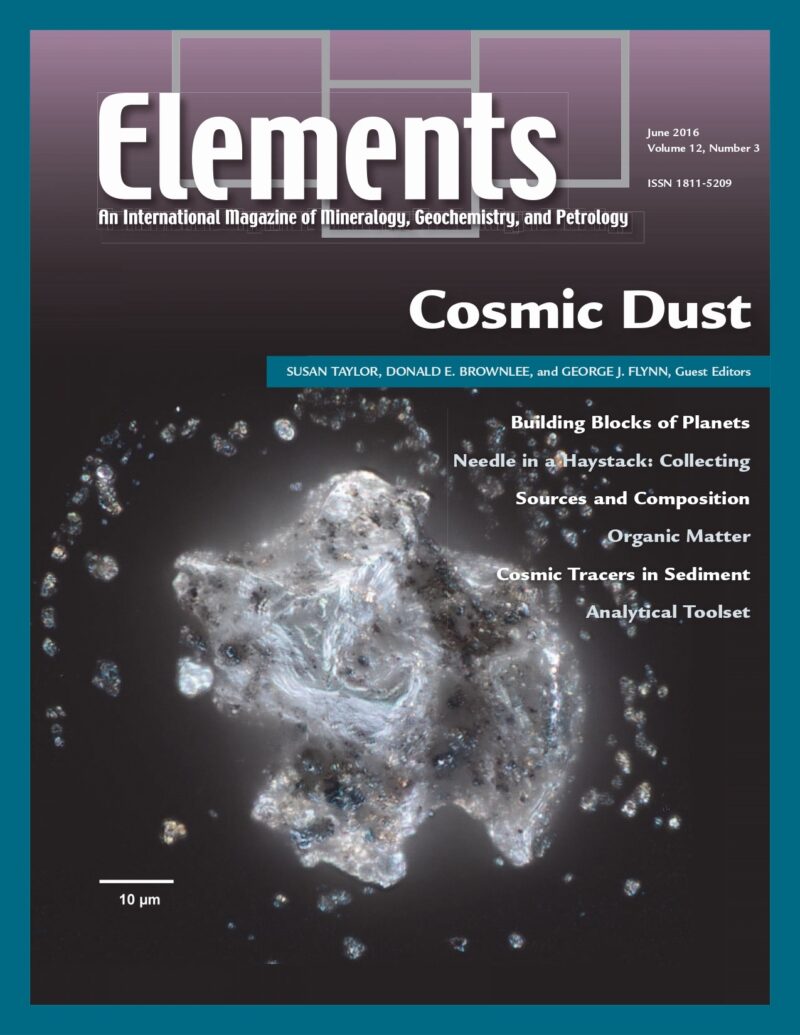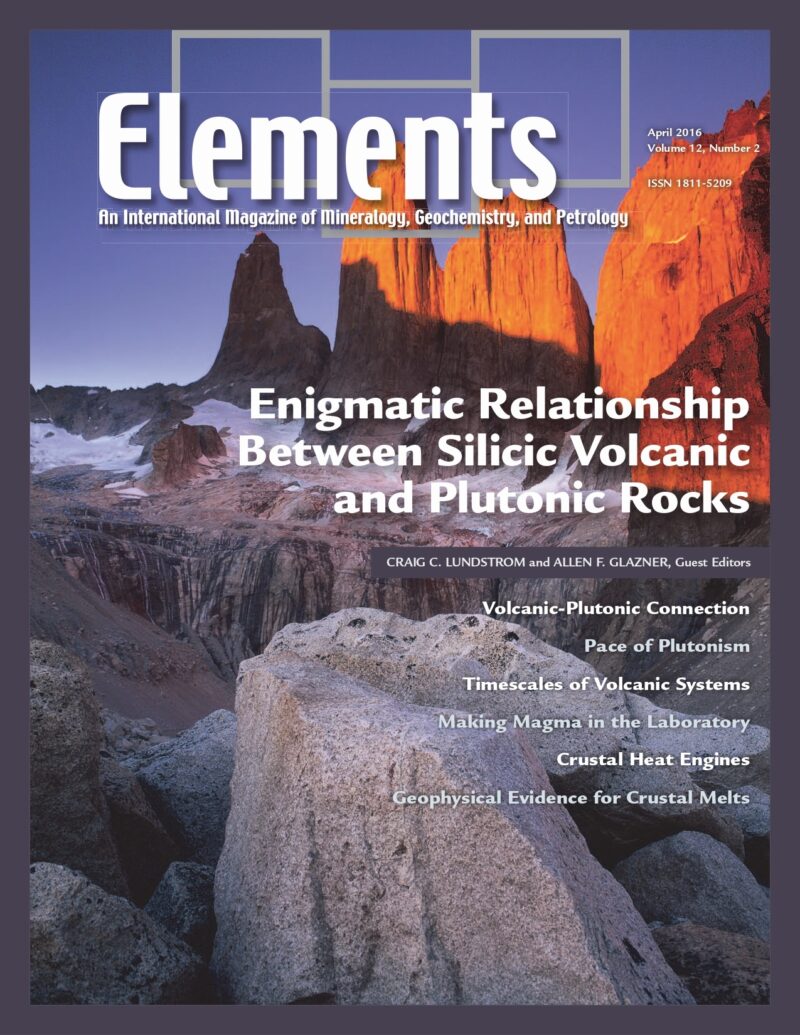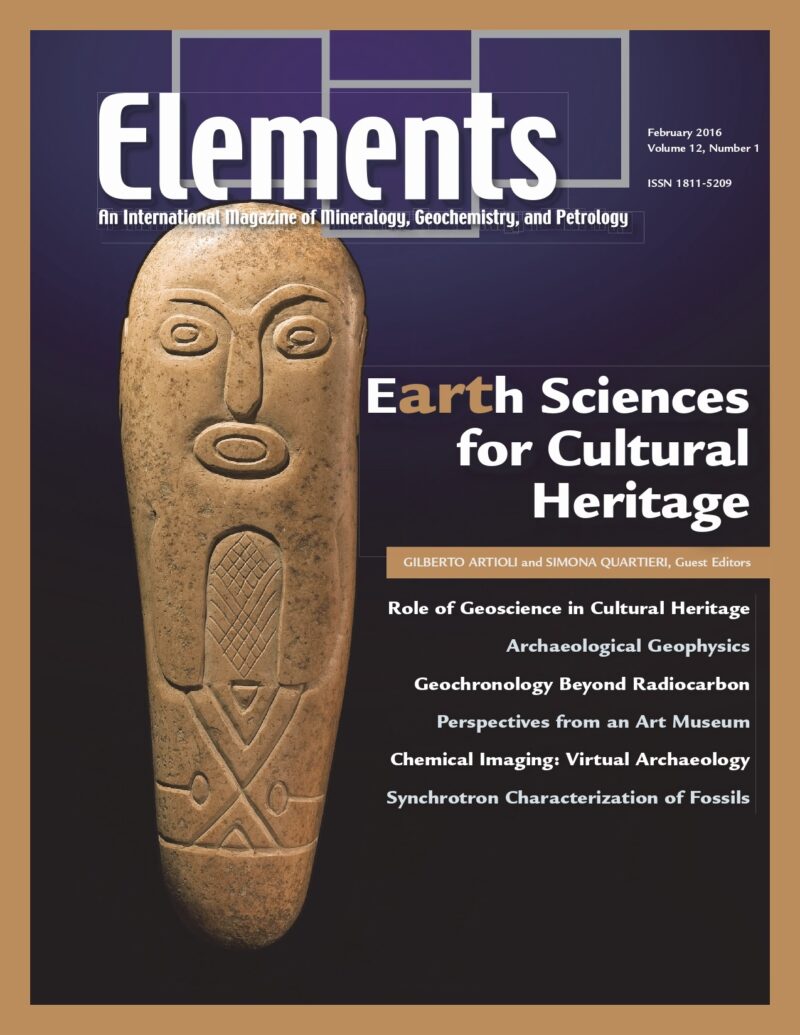-
Origins Of Life: Transition From Geochemistry To Biogeochemistry, December 2016, Vol. 12, No. 6
$20.00How life originated is one of the most important, and longstanding, questions that humans have attempted to answer, as reflected in our mythologies, religions, philosophy, and science. Furthermore, our understanding of the emergence of life on Earth could potentially contribute to the search for life in other parts of the Solar System and the rest of the Universe.
-
Studying The Earth Using La-ICPMS, October 2016, Vol. 12, No. 5
$20.00Laser ablation – inductively coupled plasma mass spectrometry (LA-ICPMS) is a mature, but still developing, micro-analytical technique that has allowed significant research advances in many areas of the Earth sciences. The method produces quantitative elemental and isotopic analyses on the micrometer scale of most solid, and some liquid, materials across most of the periodic table.
-
Deep-Mined Geological Disposal Of Radioactive Waste, August 2016, Vol. 12, No. 4
$20.00The construction of geological disposal facilities for radioactive waste has been a long time in the discussion and planning, but will become a major focus of geological, mineralogical, and geochemical effort in coming years. Underground laboratories have been operating for many years in a variety of rock types.
-
Cosmic Dust, June 2016, Vol. 12, No. 3
$20.00Cosmic dust is submillimeter debris shed by comets, asteroids, moons, and planets. In the Solar System, this dust scatters sunlight (the zodiacal light), and it is detected around other stars by its infrared emission.
-
Enigmatic Relationship Between Silicic Volcanic And Plutonic Rocks, April 2016, Vol. 12, No. 2
$20.00The relationship between silicic volcanic and plutonic rocks has long puzzled geologists. Although the compositional evolution for volcanic and plutonic rock suites are virtually identical, there is much debate whether rhyolites form as melt extracted from granite plutons or whether the two rock types reflect wholly separate origins.
-
Earth Sciences For Cultural Heritage, February 2016, Vol. 12, No. 1
$20.00Archaeometry and conservation science are connected to the geosciences in three ways. Earth scientists can perceive the complexity of natural materials and of the artifacts produced by human activities, they understand the geological and physico-chemical processes acting on them, and they have a mastery of the techniques used to investigate heritage materials at different scales.

